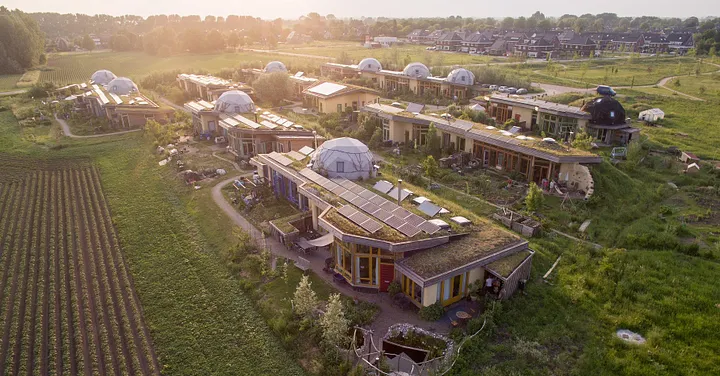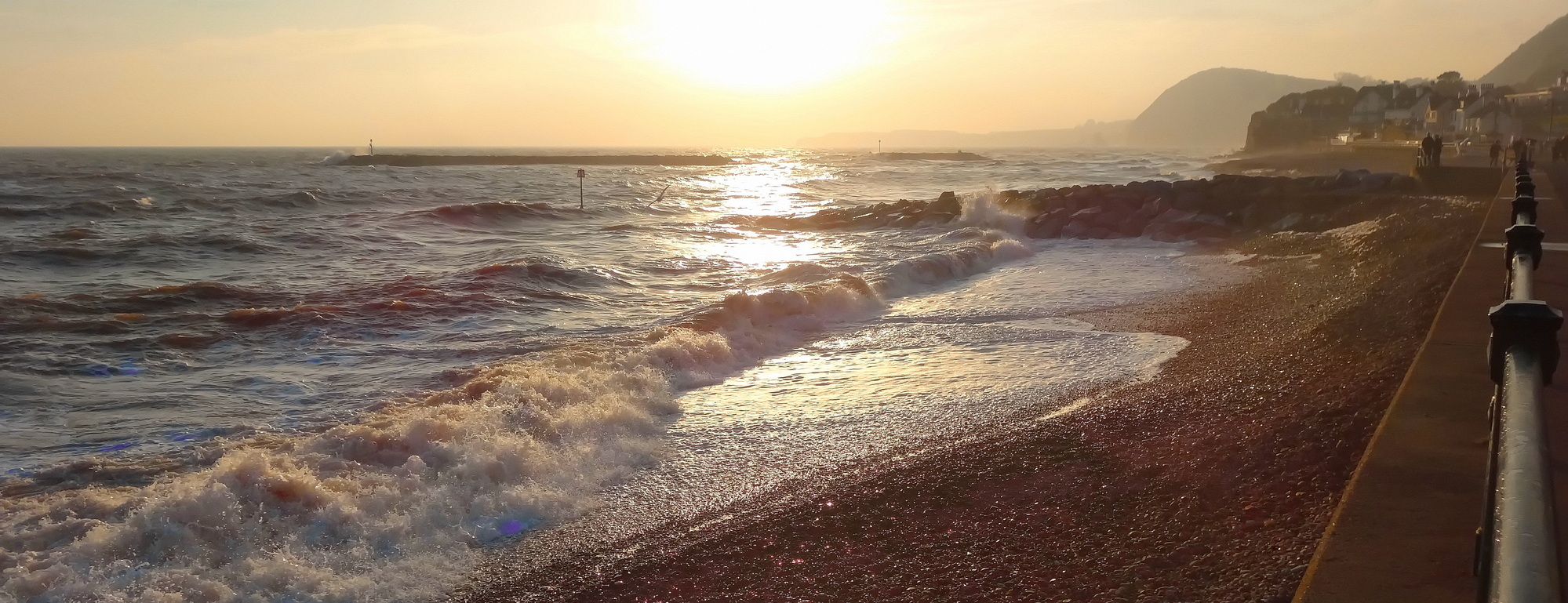SolarPunk is about designing a positive future.
Here’s the concluding paragraph of a brilliant look at Solarpunk: Post-Industrial Design and Aesthetics:
A key feature of the later Solarpunk era would be so-called ‘urban landscape superstructures’ which would effectively turn the entire urban environment into a system of park and farm topped terraces — much like the mountain farming terraces of Asia and South America — with habitation in the edges of those terraces and transportation largely internalized. Indeed, housing and other building uses would be almost entirely hidden, visible mostly by their particular choice of facades or the use of flowing weather-sheltering PV-glass canopies. Based on technologies like architectural 3D printing and eventually ‘self-growing’ architecture employing nanotechnology, these superstructures would be built and managed by distributed AI systems that learn — through extensive ‘sensor webs’ like a kind of nervous system — and evolve the urban landscape to achieve optimal passive energy performance and a balance between human living needs and environmental sustainability. The urban plant life would also be considered an ‘inhabitant’ for these systems to care for. Thus we arrive at the ultimate integration of plant life into the urban environment, turning the urban habitat into a kind of self-aware symbiote humans themselves live symbiotically with.
Solarpunk: Post-Industrial Design and Aesthetics | by Eric Hunting | Medium
Here are a few examples of how this is being translated in the here and now, with “10 Ways to Thoroughly Solarpunk Society” – starting with an example in Holland and then looking at three sketches:

Let’s try to sketch it out. A solarpunk is one that…
1: Builds around the decentralization of the power grid. Speaks for itself, doesn’t it? Its about solar power, after all, and that invites a decentralization of power production and thereby of power and resources across society (including a renewed self-reliance that would make Emerson proud).
2: Explores decentralization of other systems, like waste, water, and of course, food production. Yes, there it is, the “good slippery slope” of solarpunk. If one thing is decentralized, why not more things? While we all like cheap food, we also like the idea that people close to us that we trust can produce it if need be. This ultimately spreads power in society, as reliance on a few powerful others creates unhealthy power relations. It also means that people can work in these services if they don’t have conventional (modern) jobs.
3: Uses metamodern aesthetics: implicated authenticity and craftsmanship, but avoids New Age hysteria and direct Fantasy elements. This one could merit its own article, but the idea is that metamodern solarpunk needs to be more implicated, subtle, and sophisticated in its design. It can’t be too “in your face” because it then too easily becomes phony and used to trick people. It needs to master the art of subtly inviting the trained observer, not trying to impress, or even press its own values and aesthetics upon everyone.
10 Ways to Thoroughly “Solarpunk” Society | by Hanzi Freinacht | Medium
